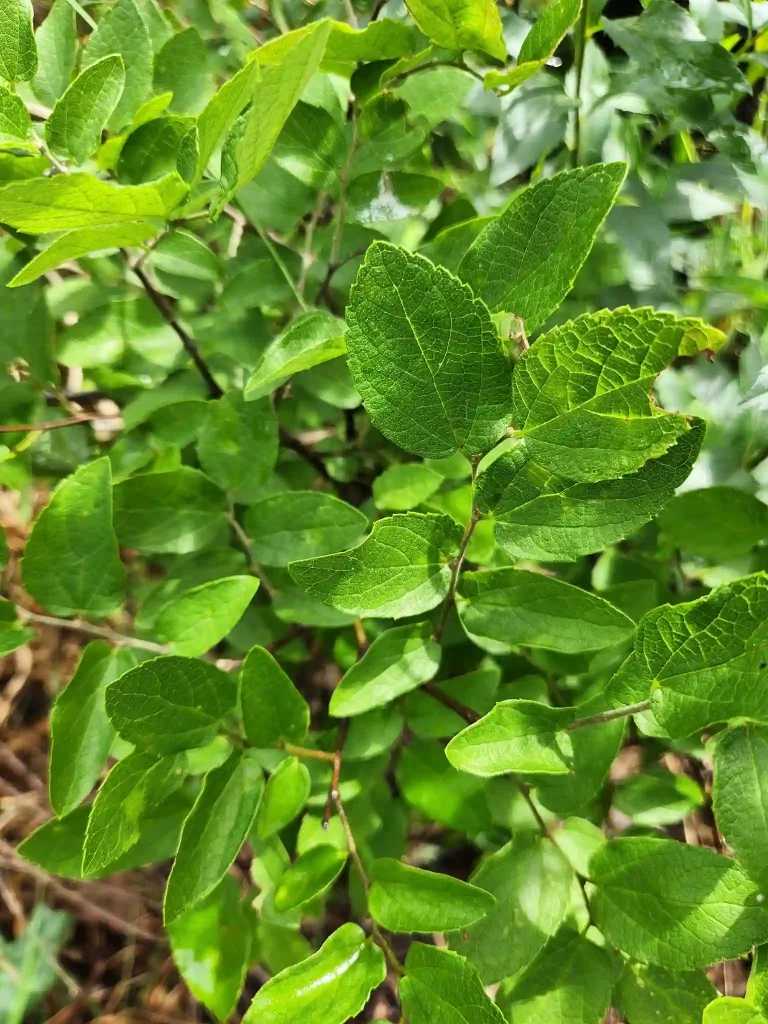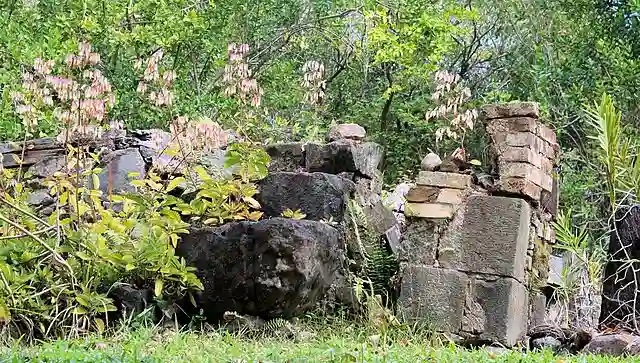
March 7 – Celosia
"Celosia, the flame-like flower, represents March 7."
Celosia’s fiery blooms symbolize passion and creativity. You have a dynamic and energetic personality, lighting up any space with your enthusiasm and bold ideas.
Celosia: A Feathery Flair for Your Garden – FAQs by Ferb Vu
Celosia belong to the Amaranthaceae family, with its brain-like or crested blooms in fiery colors, has become a mainstay in my summer garden. But before I started planting, I, like any curious gardener, had a bunch of questions. So, I delved into the world of celosia and here’s what I learned to answer some of the most common ones you might have:
Is Celosia Easy to Grow?
Absolutely! Celosia is a low-maintenance plant that thrives in hot, sunny weather. They’re perfect for beginner gardeners or those who simply don’t have a lot of time to fuss.
How to Care for Celosia?
Here’s the lowdown on celosia care:
- Sun: Celosia needs at least 6-8 hours of direct sunlight daily.
- Soil: Well-drained soil is key. Amend your planting area with compost or sand if needed.
- Watering: Water regularly, especially during hot weather, allowing the soil to dry slightly between waterings. Avoid overwatering, which can lead to root rot.
- Feeding: Celosia isn’t a heavy feeder. A light application of fertilizer once a month during the growing season is sufficient.
Is Celosia a Perennial?
Nope, celosia is typically grown as an annual. This means it will complete its life cycle in a single season, from germination to flowering and seeding. However, you can extend the enjoyment by collecting seeds at the end of the season and sowing them again the following year.
How to Grow Celosia from Seed?
Growing celosia from seed is a rewarding experience. Here’s a quick guide:
- Start indoors: Sow seeds about 6-8 weeks before the last frost in your area. Use a well-draining potting mix and keep the soil moist but not soggy.
- Warmth and Light: Celosia seeds germinate best in warm temperatures (around 70-75°F). Provide plenty of indirect sunlight for at least 14-16 hours a day.
- Transplanting: Once the seedlings have a few sets of true leaves, harden them off for a week before transplanting them outdoors into well-drained soil in a sunny location.
Do Deer Eat Celosia?
No, deer tend to avoid celosia. The foliage has a slightly bitter taste that doesn’t appeal to them. This makes celosia a great choice for gardens prone to deer visitors.
Are Celosia Poisonous to Pets?
The good news is that Celosia is not considered toxic to dogs or cats by the American Society for the Prevention of Cruelty to Animals (ASPCA) [ASPCA Animal Poison Control Center]. However, it’s always a good idea to supervise pets around any plants to avoid them from excessive nibbling.
Do Hummingbirds Like Celosia?
Celosia’s vibrant blooms can be attractive to hummingbirds, especially the red and orange varieties. However, the feathery flowers don’t offer a landing pad or readily accessible nectar. So, while they might be drawn to the color, celosia might not be their primary food source.
Do Celosia Attract Bees?
Celosia’s feathery flowers can be attractive to bees, particularly pollinators like honeybees and bumblebees. The small, clustered florets offer a good source of pollen, making celosia a beneficial addition to a pollinator-friendly garden.
How to Deadhead Celosia?
Deadheading, or removing spent flowers, encourages celosia to continue blooming throughout the season. Simply pinch off the faded flowers at the base of the stem. This will prevent them from going to seed and putting energy into seed production instead of new flowers.
Is Celosia Edible?
Believe it or not, celosia is actually edible! The leaves and young shoots can be cooked and enjoyed similar to spinach. Some varieties, particularly Celosia argentea, are even cultivated for their grain-like seeds, which can be used as a pseudo-cereal.
What to Plant with Celosia?
Celosia pairs well with other heat-loving plants like cosmos, zinnias, and marigolds. You can also create interesting textural contrasts by planting them alongside ornamental grasses or trailing plants like verbena.
Celosia species
- Celosia angustifolia Schinz
- Celosia anthelminthica Asch.
- Celosia argentea L. Plant FAQs: Celosia Argentea
- Celosia bakeri C.C.Towns.
- Celosia baronii Cavaco
- Celosia benguellensis C.C.Towns.
- Celosia bonnivairii Schinz
- Celosia brasiliensis Moq.
- Celosia brevispicata C.C.Towns.
- Celosia chenopodiifolia Baker
- Celosia chiapensis Brandegee
- Celosia corymbifera Didr.
- Celosia elegantissima Hauman
- Celosia expansifila C.C.Towns.
- Celosia fadenorum C.C.Towns.
- Celosia floribunda A.Gray
- Celosia globosa Schinz
- Celosia grandifolia Moq.
- Celosia hastata Lopr.
- Celosia humbertiana Cavaco
- Celosia isertii C.C.Towns.
- Celosia leptostachya Benth.
- Celosia loandensis Baker
- Celosia longifolia Mart.
- Celosia moquinii Guill. ex Moq.
- Celosia nervosa C.C.Towns.
- Celosia nitida Vahl
- Celosia orcuttii Greenm.
- Celosia palmeri S.Watson
- Celosia pandurata Baker
- Celosia patentiloba C.C.Towns.
- Celosia persicaria Schinz
- Celosia polygonoides Retz.
- Celosia polystachya (Forssk.) C.C.Towns.
- Celosia pseudovirgata Schinz
- Celosia pulchella Moq.
- Celosia richardsiae C.C.Towns.
- Celosia salicifolia Lopr.
- Celosia schweinfurthiana Schinz
- Celosia staticodes Hiern
- Celosia stuhlmanniana Schinz
- Celosia taitoensis Hayata
- Celosia trigyna L.
- Celosia triuncinella Schinz
- Celosia vanderystii Schinz
- Celosia virgata Jacq.
By answering these FAQs, I hope you feel empowered to bring celosia’s vibrant charm to your own garden. Remember, gardening is a journey of exploration and experimentation. So, have fun, get creative, and enjoy the beauty of these fascinating flowers!
If i die, water my plants!



